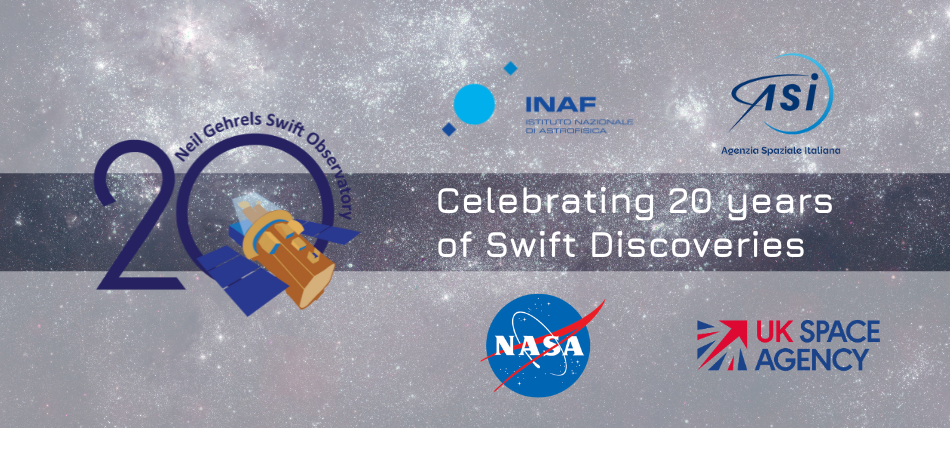Speaker
Description
Long gamma-ray bursts (GRBs) are believed to originate from core collapse of massive stars. High-redshift GRBs can probe the star formation and reionization history of the early universe, but their detection remains rare. Here we report the detection of a GRB triggered in the 0.5–4 keV band by the Wide-field X-ray Telescope (WXT) on board the Einstein Probe (EP) mission, designated as EP240315a, whose bright peak was also detected by the Swift Burst Alert Telescope and Konus-Wind through off-line analyses. At a redshift of $z=4.859$, EP240315a showed a much longer and more complicated light curve in the soft X-ray band than in gamma-rays. Benefiting from a large field-of-view ($\sim$3600 deg$^2$) and a high sensitivity, EP-WXT captured the earlier engine activation and extended late engine activity through a continuous detection. With a peak X-ray flux at the faint end of previously known high-$z$ GRBs, the detection of EP240315a demonstrates the great potential for EP to study the early universe via GRBs.

